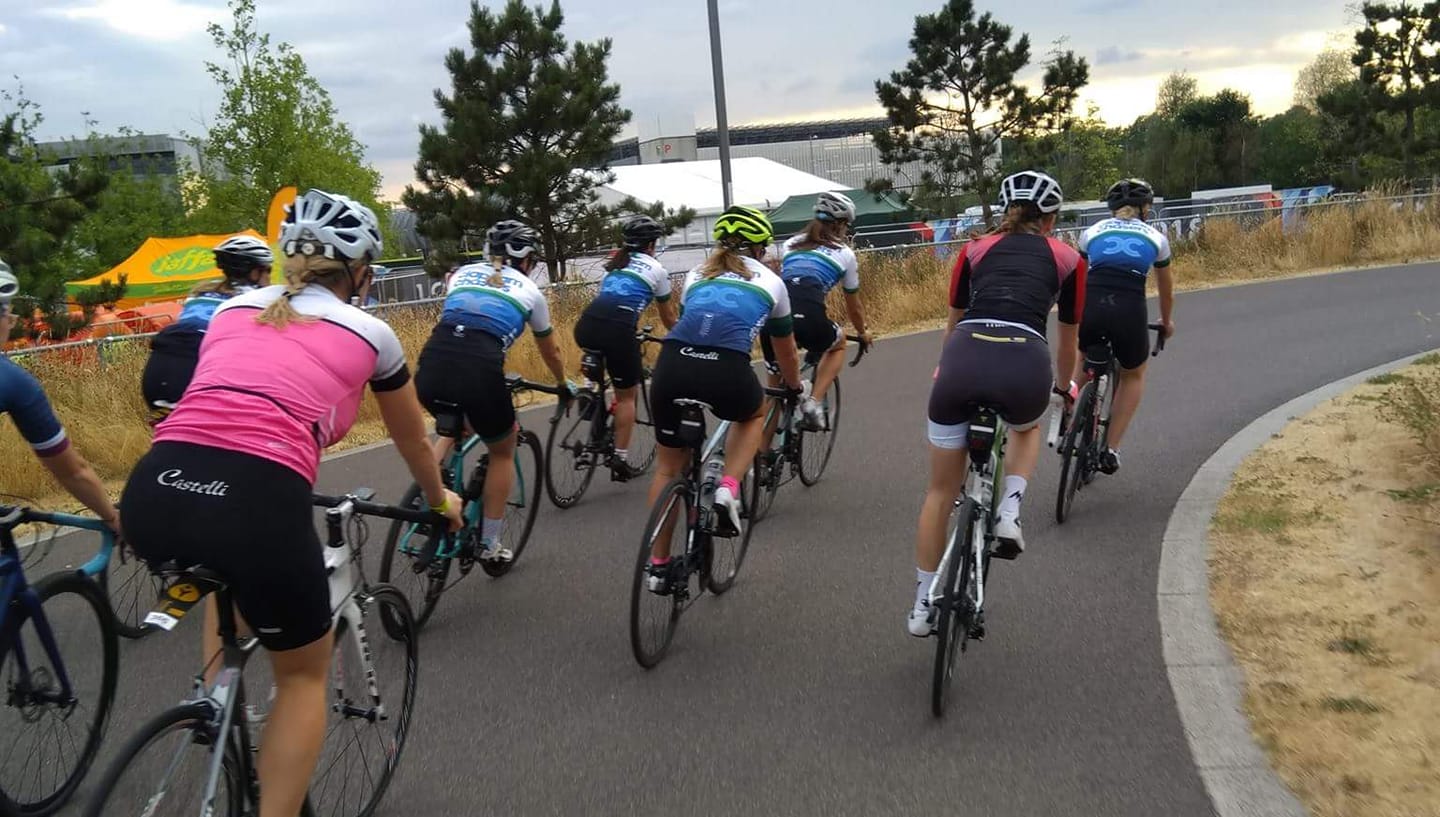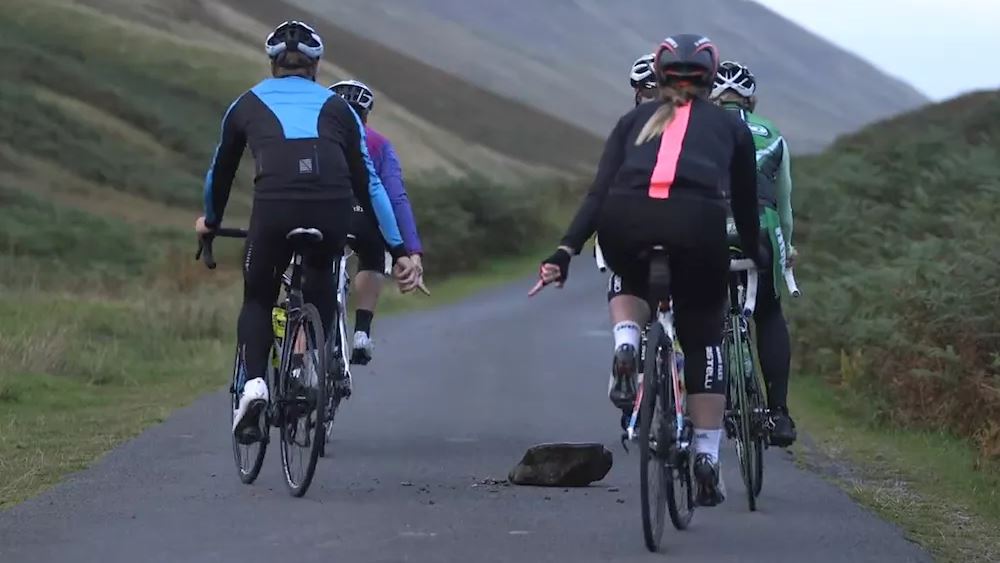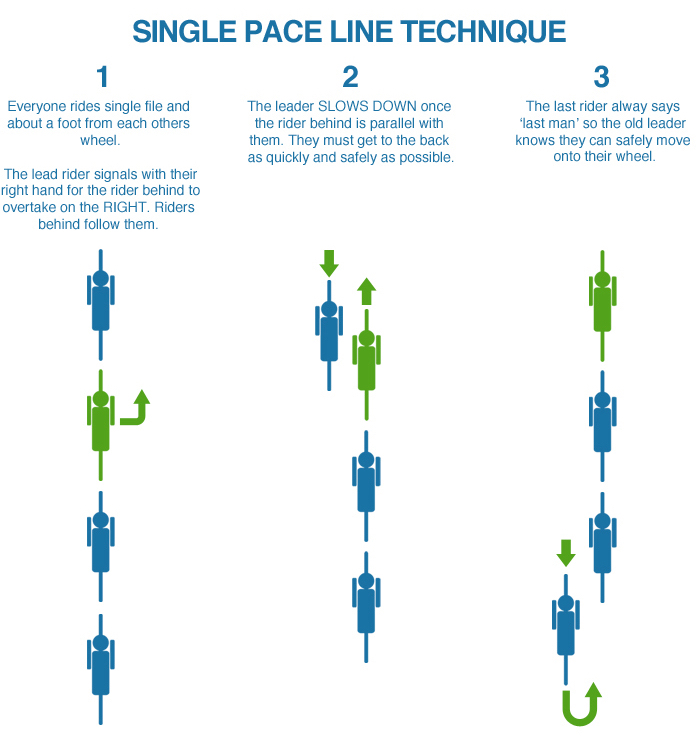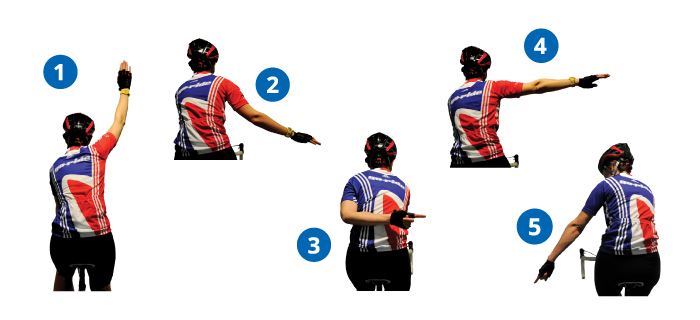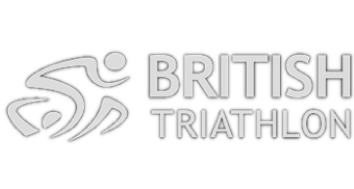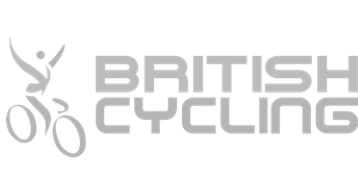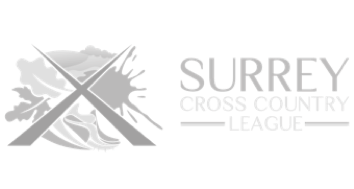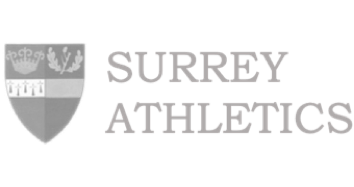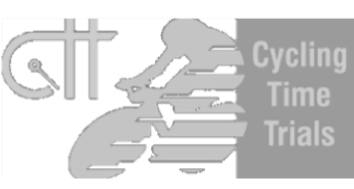How to Ride in a Group
Every Clapham Chasers member is expected to know the techniques and etiquette of group riding and abide by them in every ride. This makes our rides safer and more enjoyable. These techniques are demonstrated and practiced in the intro ride, but it's always useful to remind ourselves of them every now and then. In this page you will find the basic techniques to move within a group, the calls and signals you will need to use to communicate with the other riders in your group and a few etiquette rules. |
| Riding in a group is more than just riding together. Riding with friends can be fun and social and makes the ride more enjoyable, but there are mainly safety and performance reasons to ride in a group. When cycling, up to 80% of the effort you put down the pedals goes to overcome wind resistance when you face the wind directly. But when you ride behind another rider, the shield they provide can save you up to 30% of the effort needed to go at the same speed. So, riding in a group effectively will save you effort and you will be able to cycle faster, for longer. Also, when you ride in a compact, well disciplined group, you are able to navigate the hazards of the road better. |
Safety first Riding in a group to maximise the benefits of drafting comes with its own set of risks, as it implies riding in close proximity of the rider in front of you and of those around you. To minimise the risk of riding in close proximity, it is essential to observe three key areas. |
Communication Reduced visibility poses a risk. Riders that are not at the front will not be able to see what's in front of them. Communication is essential to keep everyone aware of hazards on the road. We communicate via a combination of hand signals and voice calls. |
Etiquette Some rules are essential to keep the ride safe and efficient. Others are simply common sense whilst riding in the company of others. This list of dos and don'ts will provide you a guideline to ride safely and civilly in a group and save you from being that person... |
Riding in a group allows us to benefit from the shield riders in front of us provide to minimise the effort we make while riding. But the proximity to others and reduced visibility mean we need to apply extra care when riding in a group. Also, the benefits are realised when the group rides tightly together. Sprinting off the group, riding too wide open or moving randomly up and down the group can break the group discipline and mean increased risk or unnecessary effort. So it is key that you know how the formation works and try to stay in formation for the duration of the ride, moving along the group using the techniques shown below. Whilst riding on a group you should try to:
An exception to the general rule are climbs and descents. There are different levels of ability and fitness within a group, and no one should try to ride a descent faster than they safely can. Similarly, some riders will take more time to get to the top of a climb. In these cases, it is ok and recommended that the group separates, but after the descent or when reaching the top of the climb the pace should be brought down or stop to allow for the other riders to catch up. |
Standard Group Formation The ideal formation for a group ride is riding two abreast in a group no larger than 8 riders. Such a group will ride in 4 rows of 2 riders each, occupying a similar space on the road as a car, and making ir easier for a car to overtake swiftly. However, in certain circumstances it will be safer to ride in single file, as when riding on a narrow road with traffic. Keep the group formation and avoid sudden or random movements within the group. The riders at the front will be taking most of the effort, so it's fair to share the workload and replace frequently the riders at the front. To do so, when called by the leaders, the group will rotate using the technique shown on the side. |
|
Single File When the riding conditions require it, it will be necessary to move from two abreast into a single file. This can be due to a narrow road, road furniture on the side, oncoming or overtaking traffic, etc. ANY rider can call for the group to move into single file and EVERY rider must obey the instruction for the safety of all. To move from two abreast to single file, we use the process shown on the side. It is important to remember that a group ride is not a race, and attempts to move to the front when riding on the outside line or to keep your position while riding on the inside line, not creating space for the rider next to you, can leave riders exposed to oncoming traffic and create unnecessary danger. |
|
Single File Rotation As when riding two abreast on a double line, the rider at the front will be making most of the effort. Everyone will benefit from taking turns at the front so that the workload is shared. The principle is similar to that of rotating the group when two abreast, as shown on the diagram on the side. |
|
Whilst riding in a group it is essential to keep good communication with fellow riders, so that everyone is aware of the riding conditions and is able to take appropriate action. The two means for communicating information in a group are hand signals and voice calls. Every rider has the responsibility to call out any hazard or change in the riding conditions, such as slowing down or changing direction, and every rider has the obligation to propagate that signal or call up or down the group. The picture below, courtesy of British Cycling, shows the main hand signals in use in our rides. |
|
HAND SIGNALS It is essential that you repeat the below down the group so everyone can see. 1. Single hand up Rider is signalling that the group needs to come to a stop. Usually followed by the call ‘Stopping’. 2. Single hand up and down Palm facing down, rider is signalling that he/she needs to slow down. Usually followed by the call ‘Slowing’. 3. Left arm signalling behind back Signal the cyclist is about to move out into the road, e.g. to pass a parked car, to go round debris in the road. 4. Arm out left or right Everyone in the pack needs to indicate when turning left or right. Can be used with the calls 'Left' and 'Right'. 5. Pointing at the road This is to point out hazards such as pot holes, manhole covers etc. PLEASE copy this signal, it stops accidents and punctures. Follow by the call 'Hole', 'Hole left' or 'Hole right' for emphasis. | CALLS It is essential that you repeat the below down or up the group so everyone can hear. “Car Up/Car Back” Keep tight to the cyclist next to you and be prepared to cycle in single file. “Hole” As well as pointing out the pothole, a shot of “hole left” or "hole right" helps the group to avoid. “Slowing” Usually accompanied by a hand signal. The cyclist in front needs to slow down for some reason. “Stopping” Brake! Group will be stopping. “Clear” To indicate that a junction is traffic free. You must check yourself and not rely on others. “Single file” Get into single file safely and promptly. |
When cycling in a group we all have a responsibility to look out for others’ safety as well as our own. Here is a list of essential DOs and DON’Ts to remember to keep it safe while cycling.
|
Bonus material The videos below are a good complement to what riding in a group is about. There are plenty of extra materials on YouTube and on the British Cycling website if you are interested in getting more information. |

